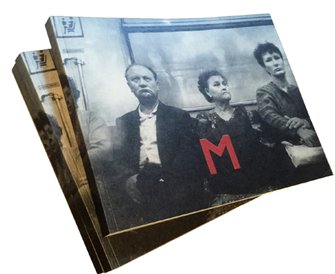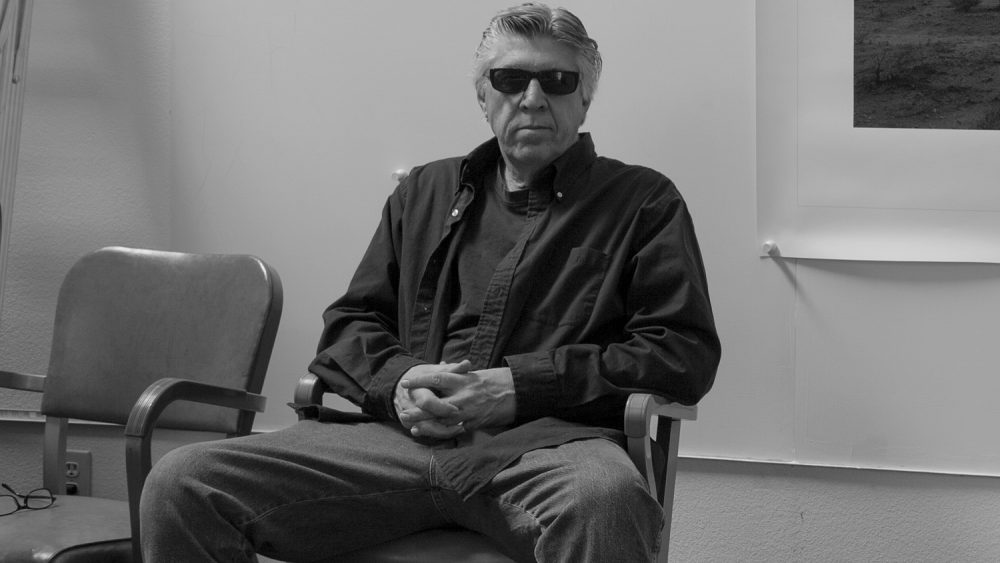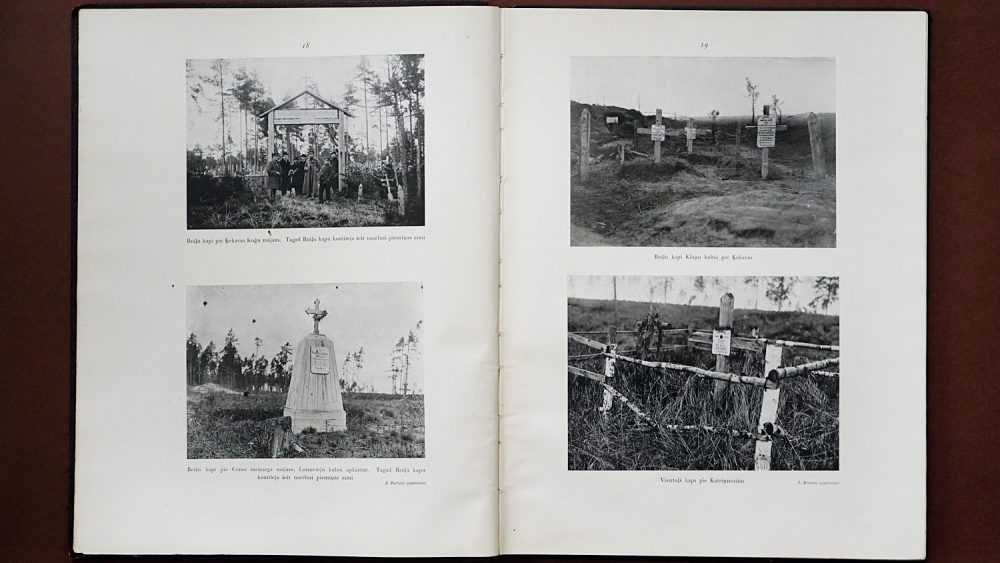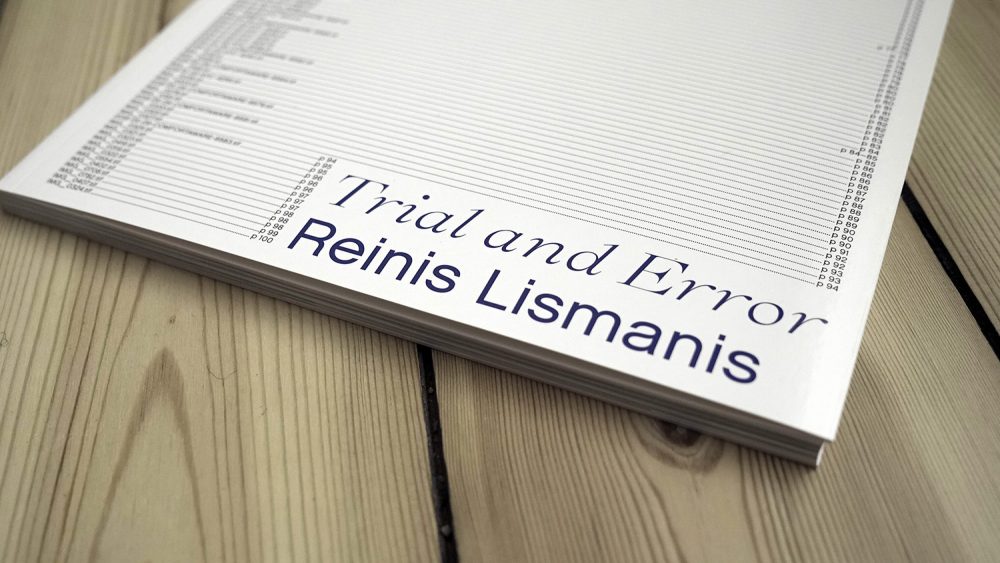The Best East European Photobook in 2015
The end of the year is usually the time when media carry out and publish various polls. We, too, wanted to find out which photobooks by East European photographers have been the best in 2015 according to various photographers and curators.
Rob Hornstra, photographer, The Netherlands:
The Lost Country by Dragana Jurisic. For me, this was the surprise of the year, beautifully visualizing the contemporary Balkans from a personal perspective. YU: The Lost Country is a personal quest for a lost national identity. Dragana Jurisic – born in Yugoslavia and now living in Ireland – travelled through her former homeland, following the same route taken by Rebecca West in the late 1930s in her book Black Lamb and Grey Falcon. Historic texts from the latter blend organically with the recent texts and images by the former.
Regina Maria Anzenberger, gallerist and director of ViennaPhotoBookFestival, Austria:
Soviet Passport by Tatiana Fiodorova. More than 20 years have passed since the collapse of the Soviet Union, yet there are people in Moldova who still use passports issued by the already non-existing Union of Soviet Socialist Republics. The book has two parts; for the first part Tatiana Fiodorova has copied her father’s Soviet Union passport. For the second part she photographed people who are still using their Soviet Union passports and interviewed them. The subject is interesting and new and it has been implemented perfectly in a publication such as a photobook.

Salvatore Vitale, the editor of Yet Magazine, Switzerland:
Greetings from Auschwitz by Pawel Szypulski. This brave book by Pawel Szypulski presents a collection of postcards from Auschwitz, sent by the tourists visiting the infamous concentration camp. Why brave? Because it reveals the cruel, yet unconscious practices connected to the tourism business, questioning the relationship humans build up with the most tragic episode in our recent history. To some degree, it manages to reproduce the real experience of visiting the camp, with all the feelings it brings. However, it also puts the viewer in front of a strong – that I would call absurd and heavy at the same time – position played between the memory of the Holocaust through the images of the camp, on the one hand, and the light-heartedness of words written by the senders, on the other.
Sergiy Lebedynskyy, photographer, the Shilo group, Ukraine:
First, M by Misha Pedan. I can’t remain indifferent to photobooks produced by Kharkiv school photographers, I just love Kharkiv style images. It is user-friendly and a very nicely done photobook in terms of the design and material choice, and, of course, it is a nice greeting from the past of my native city.

Second, Presentiment by Yulia Krivich. To me, this book represents how the next generation of Ukrainians after mine is dealing with the complexity of the situation in Ukraine. I like the design of the book, the “handmade” feeling of newspaper-like pages and the stitching on pages reminiscent of a sewing machine. It feels urgent; it feels private and not indifferent.
Aga Dwernicka, the director of Krakow Photomonth:
Vitas Luckus Works. Biography published by Kaunas Photography gallery and Lithuanian Art Museum. Outstanding publication showing us a significant part of the history of the Lithuanian photography.
Mindaugas Kavaliauskas, director of Kaunas Photo festival, Lithuania:
The most notable and the most long-awaited event in East European photography was obviously the triumph of the monograph of Vitas Luckus in the Prix du Livre Historique of Rencontres d’Arles. To me, who has been to Arles for about 20 years now, I can say it is a real breakthrough in a milieu, heavily dominated by the names we already know. Fortunately, the Lithuanian name of “Vitas Luckus” was not too jaw-breaking to read for the jury, and the book in terms of its quality and content is a rarity in today’s art history, combining the totally unknown personality and his versatile work and the consistency of research.
Martin Kollar, photographer, Slovakia:
Greetings from Auschwitz by Pawel Szypulski.

Andrew Miksys, photographer, Lithuania/USA:
Early Works by Ivars Grāvlejs. I came across Ivars Grāvlejs’ self-published book, Early Works, this spring at Tipi Books in Brussels. At first the crazy “bad” design and simple printing was a bit confusing. What is this? But then flipping through the book I started to see the humour in Ivars’s work and his very unique perspective on his life growing up in Latvia. The design exactly suits Ivars’s photography and subjective view. This sounds very simple, but is not always easy to achieve, especially in Eastern Europe where many photobooks resemble generic catalogues as opposed to well-made photobooks. It is great to see a Baltic photographer to make such a high quality book. I don’t buy many photobooks, but I had to have this book. I’ve since bought the new MACK edition, too.
Rafal Milach, photographer, Poland:
Greetings from Auschwitz by Pawel Szypulski. The collection of postcards sent by tourists from the former Auschwitz death camp, puts the viewer in a very uncomfortable position asking about the human condition and processing of the historical trauma. The drastic and somewhat absurd clash between the memory of extermination and a tourist ritual creates a tension many of us find difficult to handle despite the apparent irony. The Greetings from Auschwitz reveals a humanist attitude of the author who uses an innocent object of a postcard to show how we handle a traumatic experience.

Tom Mrazauskas, book designer, Lithuania/Germany:
Getting the Extra Beating Heart Out Of My Chest by Adina Ionescu Muscel. Adina’s self-published book is a proof that a well-developed design idea just can’t be destroyed by poor production. The photographer’s intention was to speak about intimacy and distance between herself and her twin sister and I must admit that her efforts were successful. It works! This is an inspiring book despite the production issues.
Louise Clements, the artistic director of QUAD and FORMAT photo festivals, UK:
First, Notes from an Epilogue by Tamas Dezso. The book features stunning images from an on-going series of work exploring the transition of rural Romania and Hungary after the fall of Communism. Images of poetic factory landscapes and life on the periphery with boys dressed as dancing bears and steaming mushroom gardens create a modern day mythology from the region.
Second, Deleted Scene by Yury Toroptsov. Born in a rural community near Vladivostok, in his new book Toroptsov transports us to Eastern Siberia in a series that forms a complex web of images that interrogate presence and absence. His journey deals with the search for his father. Archival documents including photographs of the taiga and contemporary Siberia constitute part of a wider yet inconclusive narrative that asks us to imagine the space between the images of the past and present.
Third, Tiksi by Evgenia Arbugaeva. Born in Tiksi, Russia, a small town on the Russian Arctic, Abugaeva moved away at an early age. In her personal work, Arbugaeva often explores her homeland, drawing on memories to create images that help her rediscover this remote yet harshly surreal world and its inhabitants. In this book the photographer was drawn to build up a relationship with a young girl and her family to revisit and understand the place through her eyes while exploring new encounters and searching for the Tiski of her past.

Jana Romanova, photographer, Russia:
Keep an Eye On What You See by Yury Gudkov. It is a simple idea that we can’t control what we see and thus are sort of trapped in seeing things and being seen. I like the way it is shown through the “main character” – a man that we only see from his back, a sad figure that probably has looked into the same window for years, over and over again.
JH Engström, photographer, Sweden:
The best book for me without any doubt is Diary by Boris Mikhailov. An outstanding masterpiece.

Ieva Meilutė-Svinkūnienė, curator at Kaunas Photography gallery, Lithuania:
I can’t name just one, as all these three books are really important in different levels, for different reasons. First, Early Works by Ivars Grāvlejs (LV) published by MACK Books, second, a monograph Vitas Luckus Works. Biography (LT) published by Kaunas Photography gallery and Lithuanian Art Museum, and, third, YU: The Lost Country by Dragana Jurisic (self-published).
Arnis Balčus, photographer and editor-in-chief of FK Magazine:
Early Works by Ivars Grāvlejs (MACK Books). This book brilliantly reveals Grāvlejs’s oeuvre which features playfulness, childishness and experiments with the medium of photography. It is also a big event in Latvian photography, since this book has been published by one of the greatest publishing houses and given that photobooks in Latvia (or by Latvian photographers) are published very rarely.



